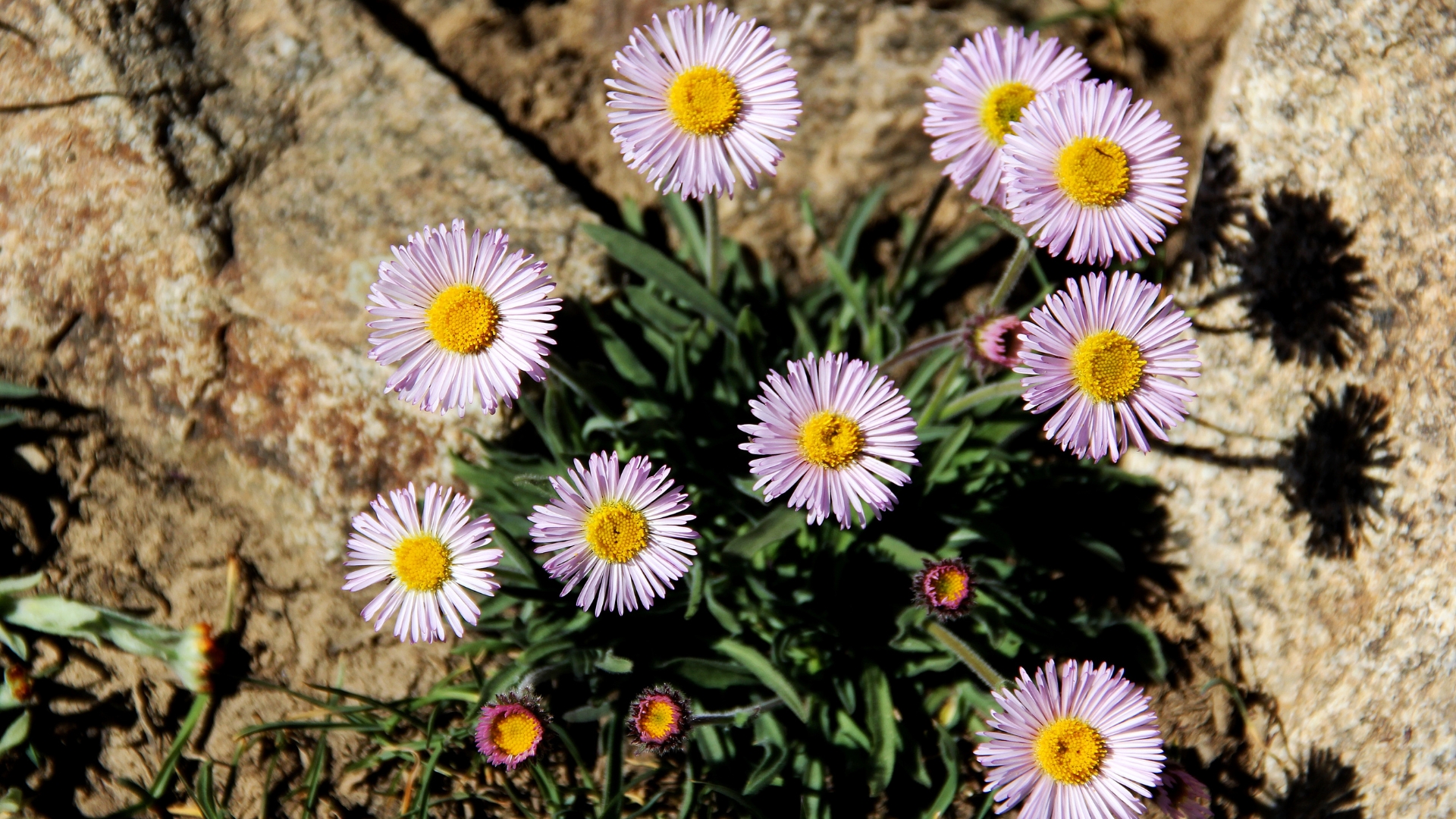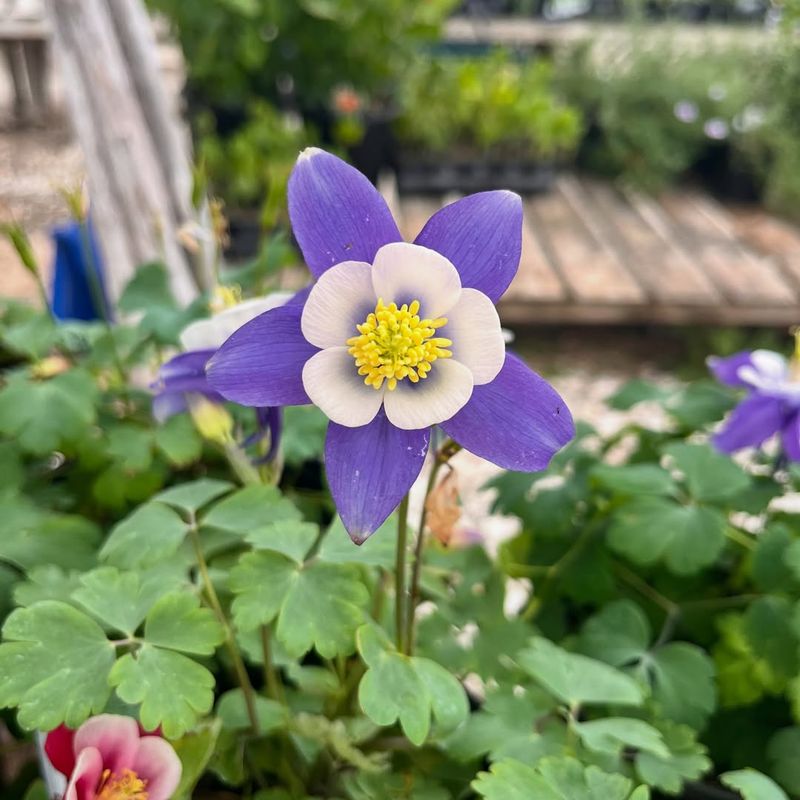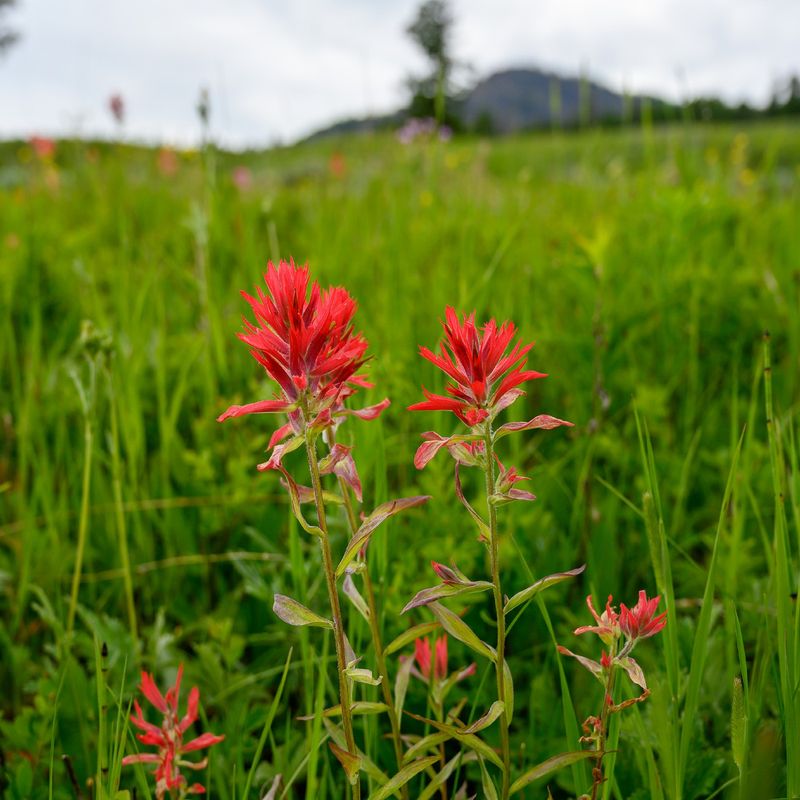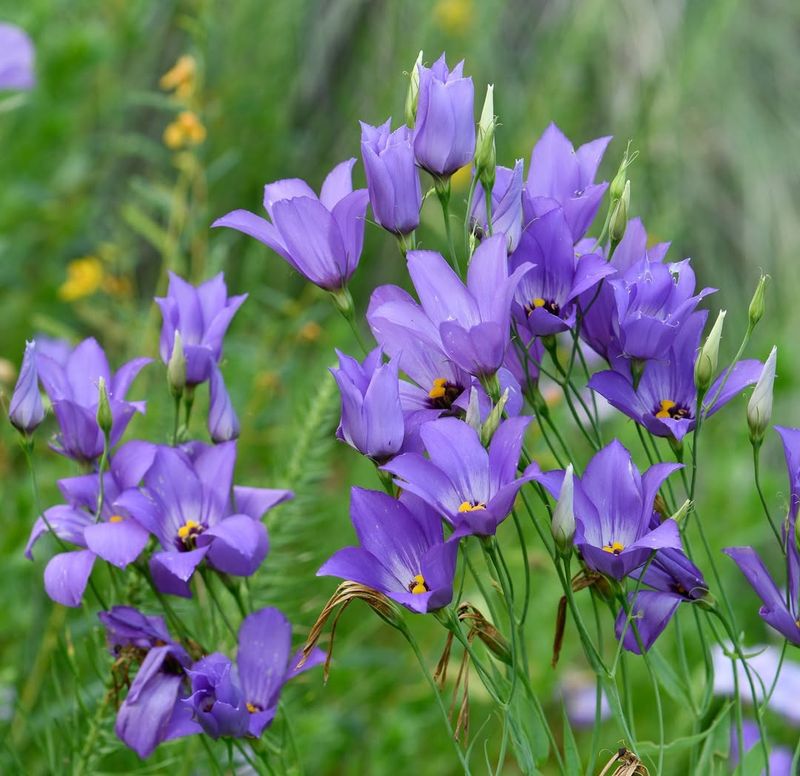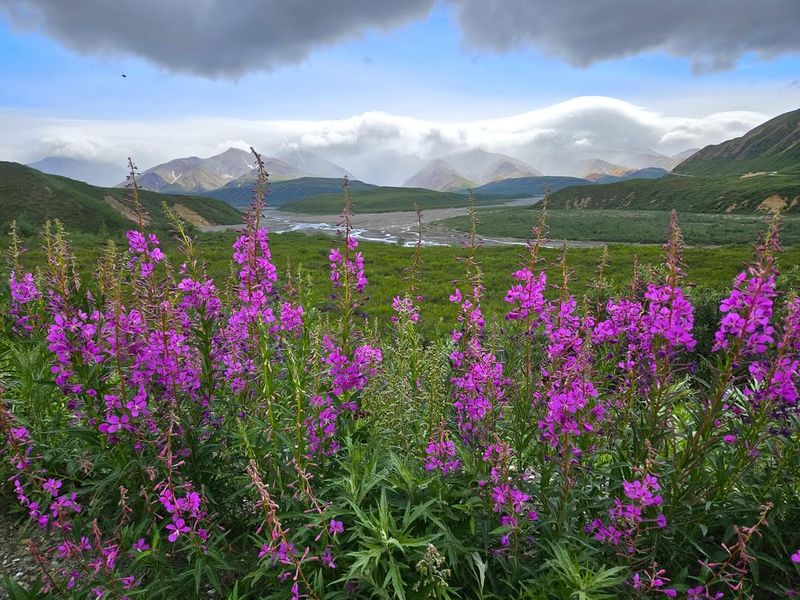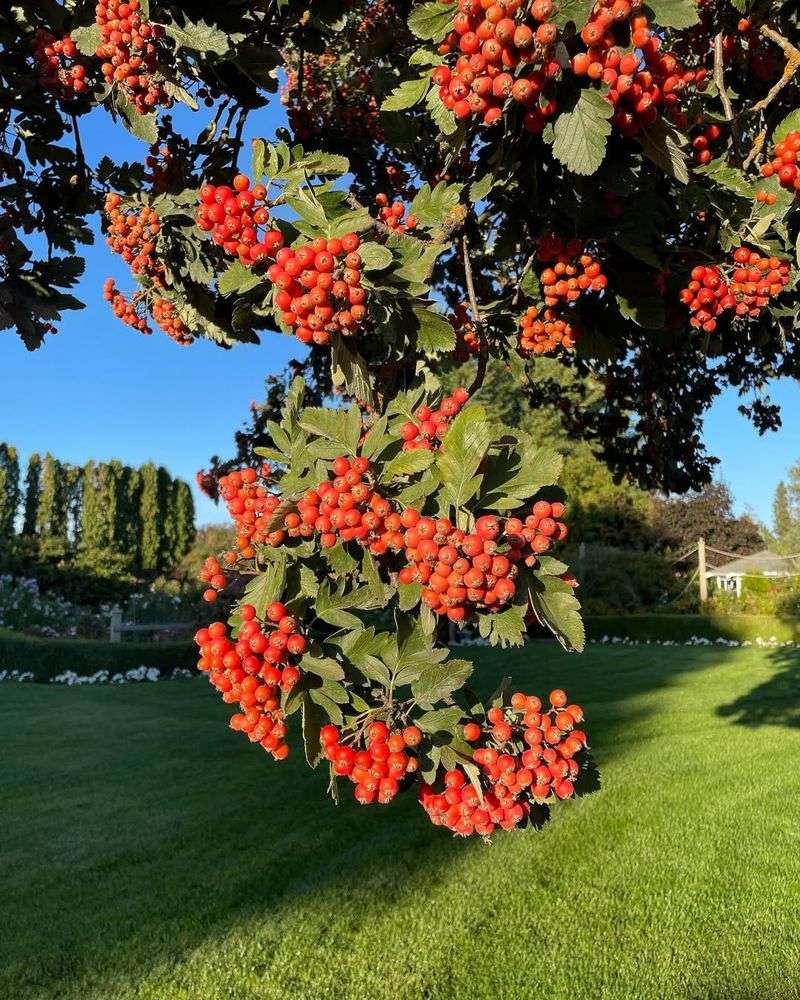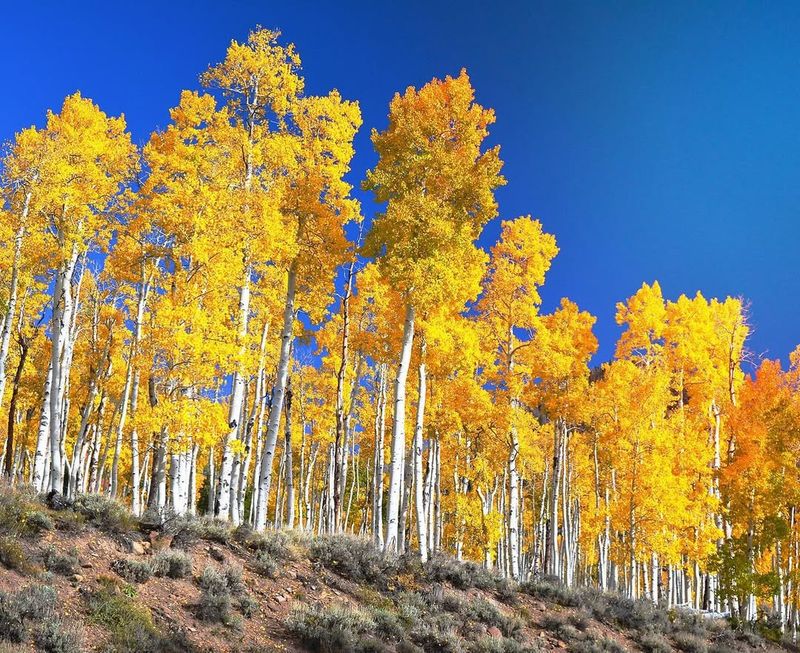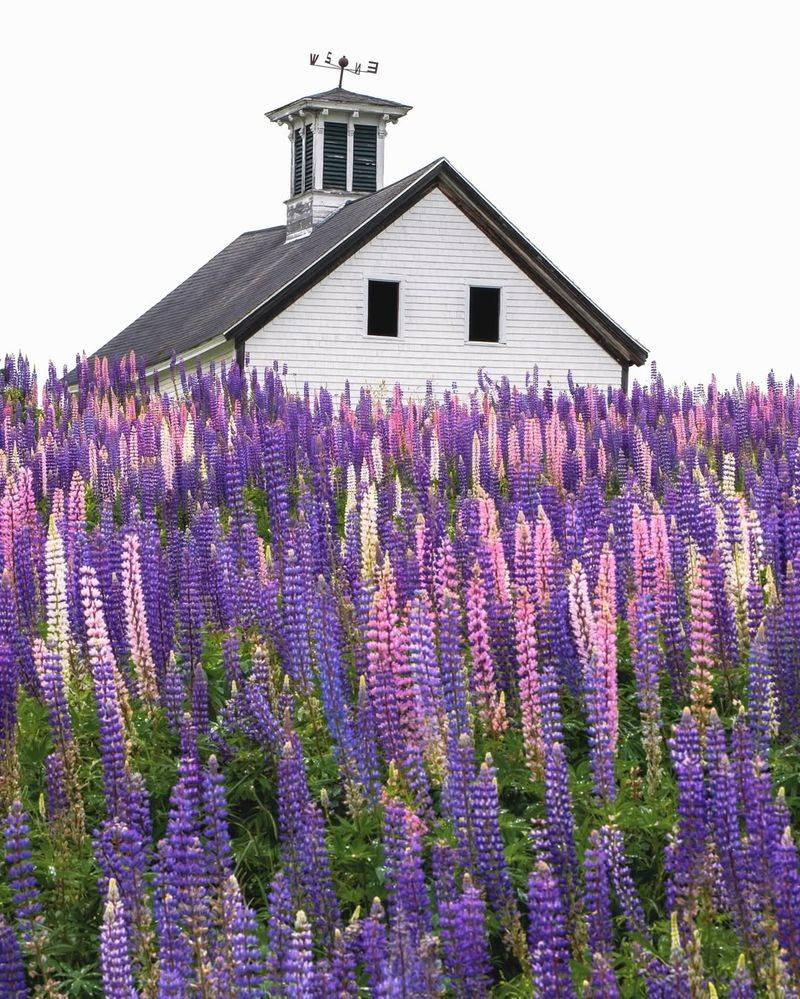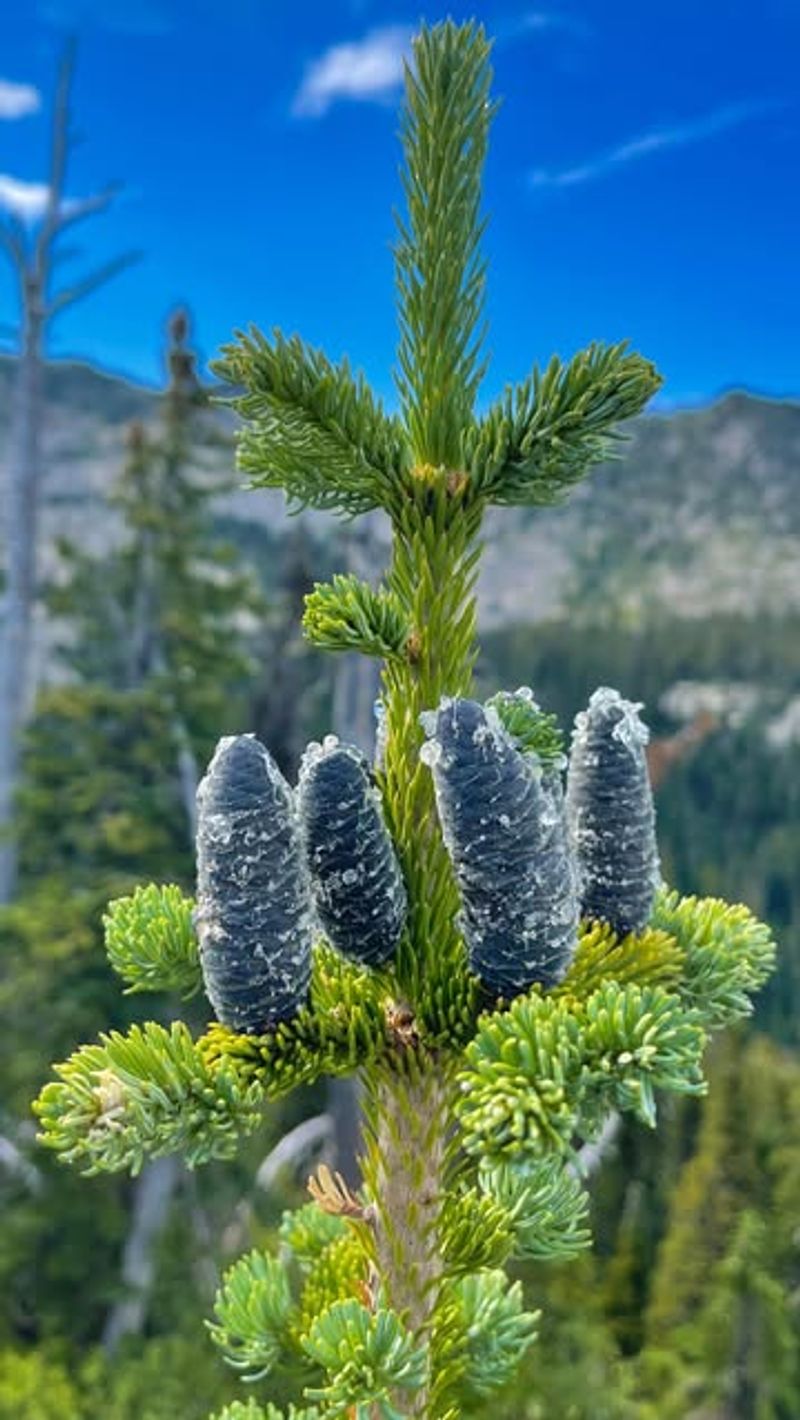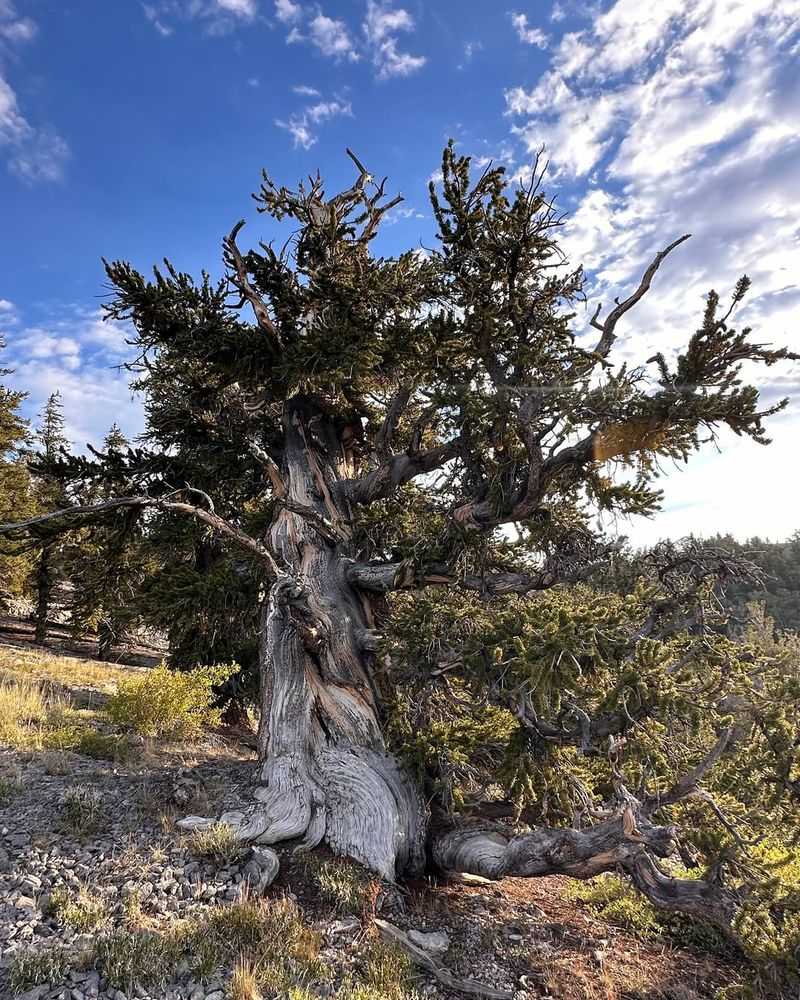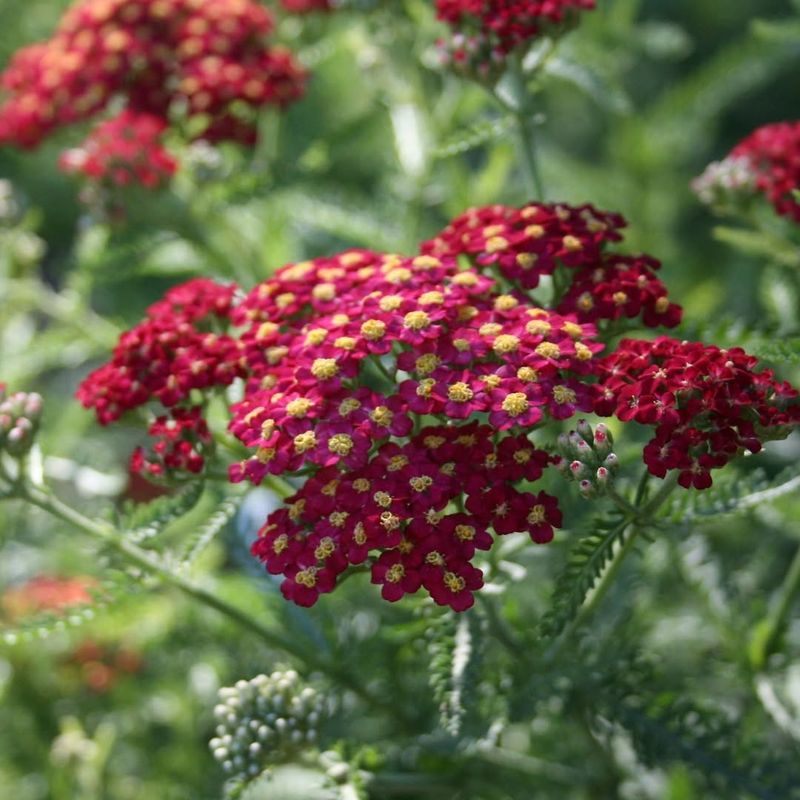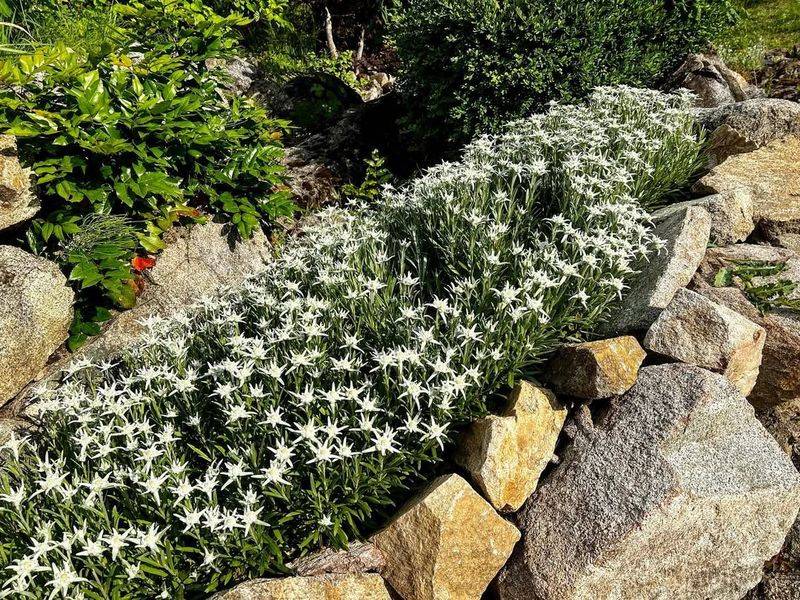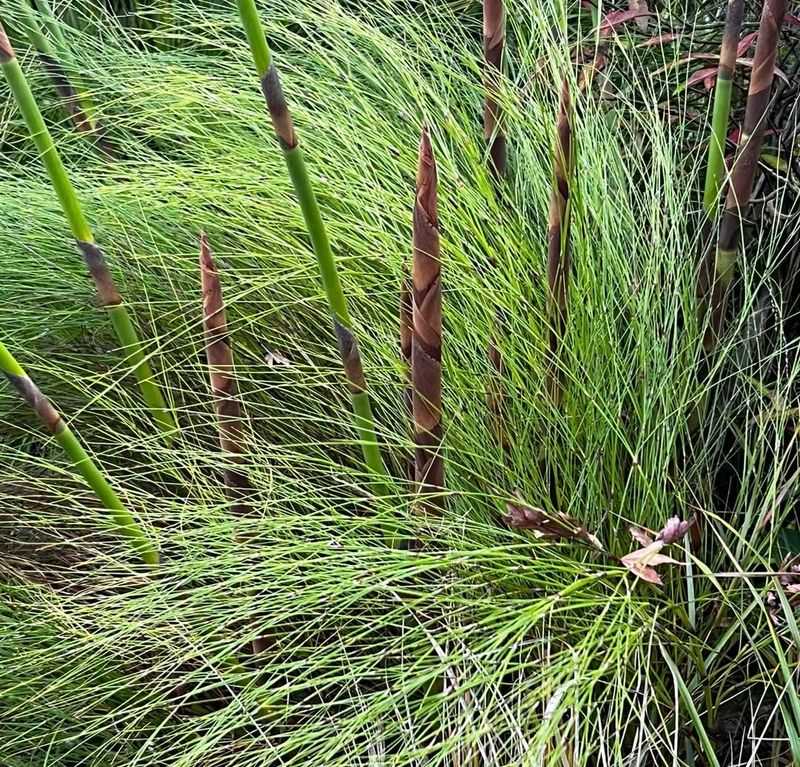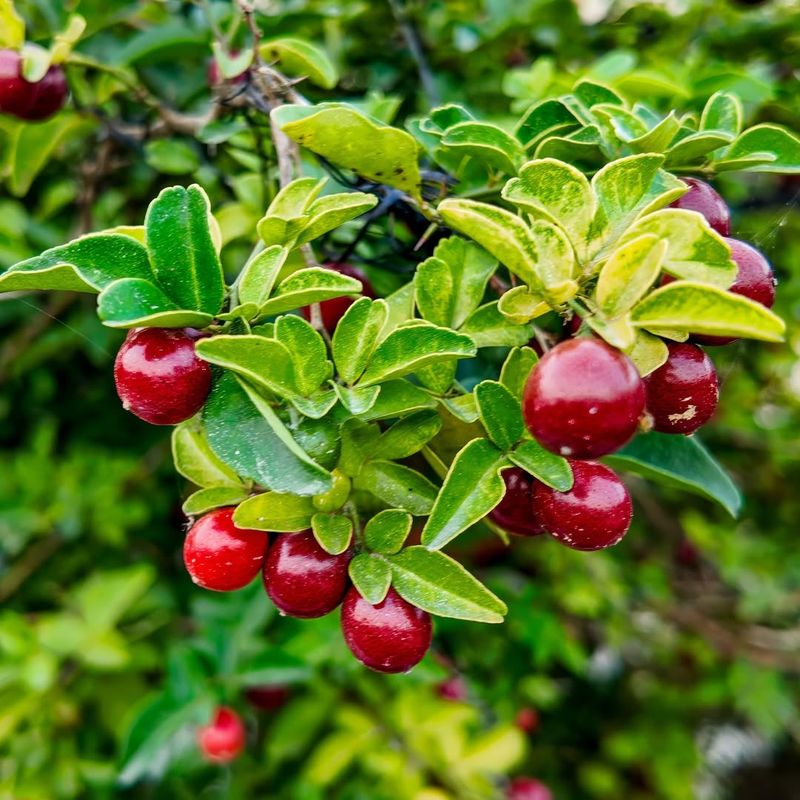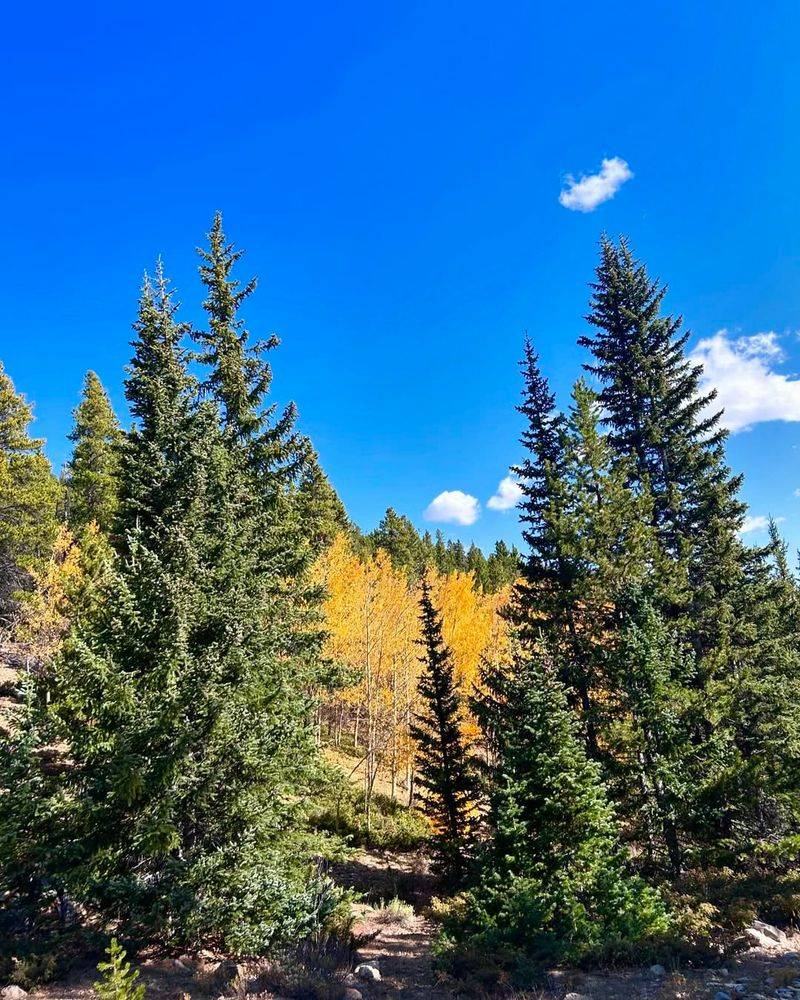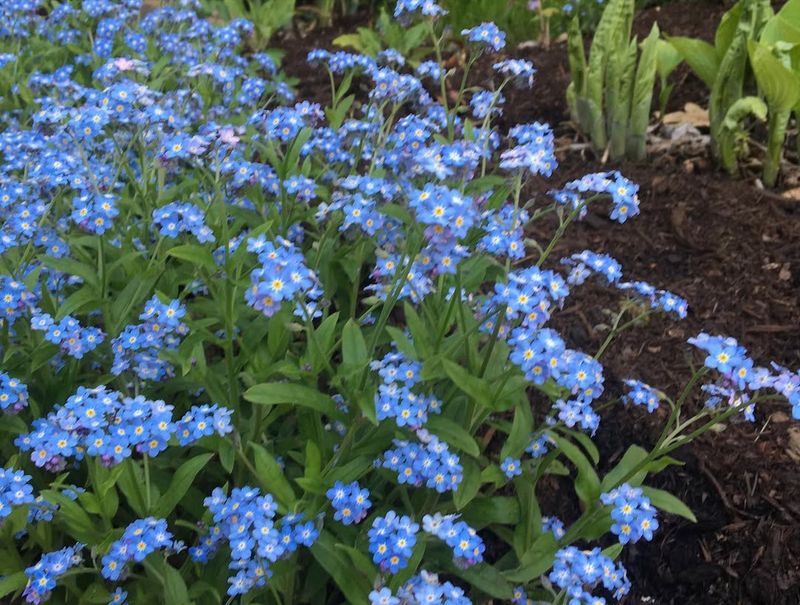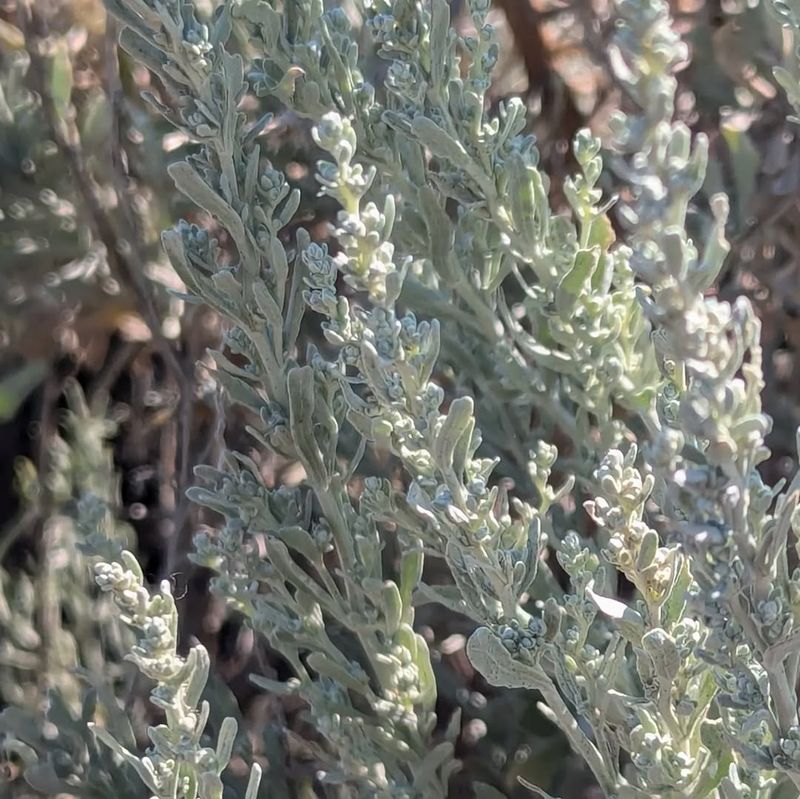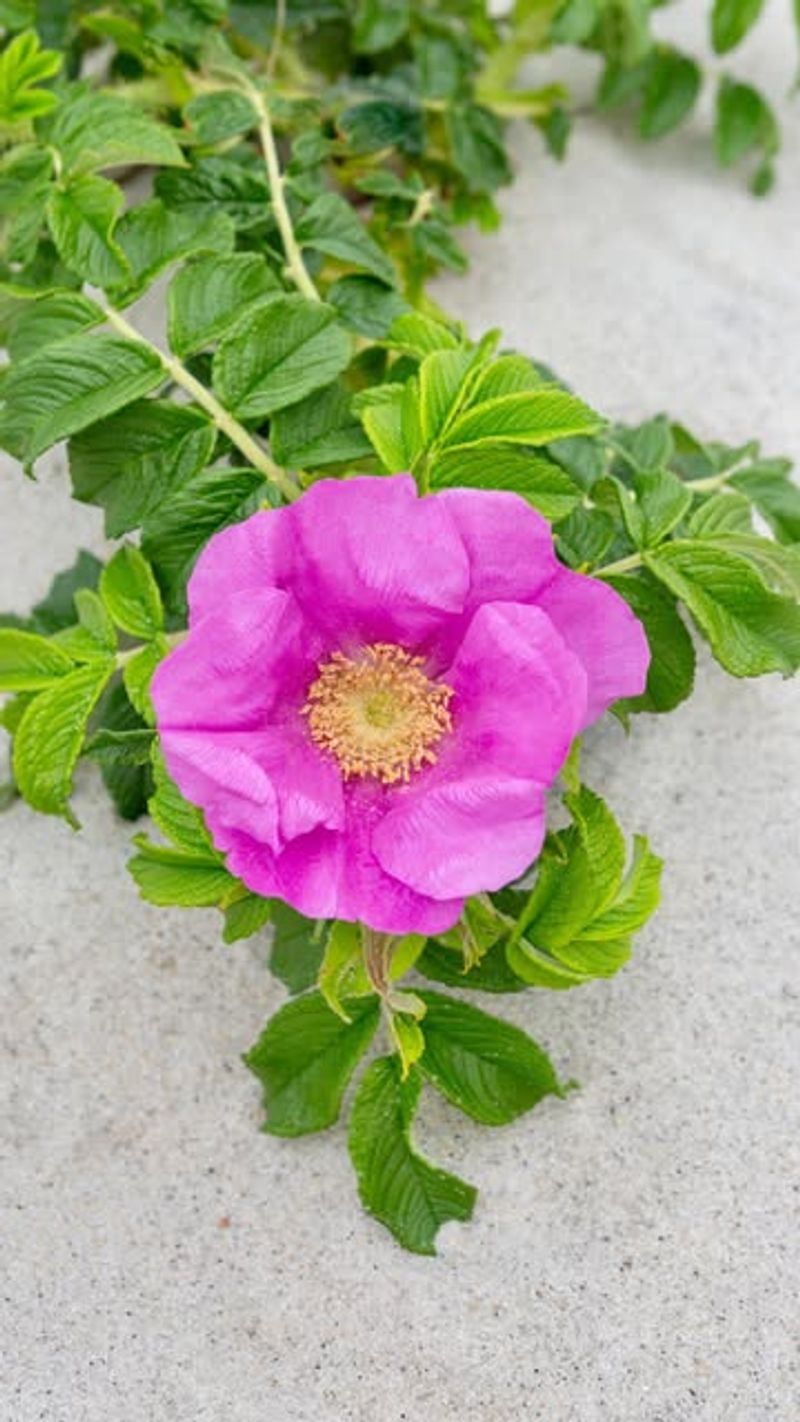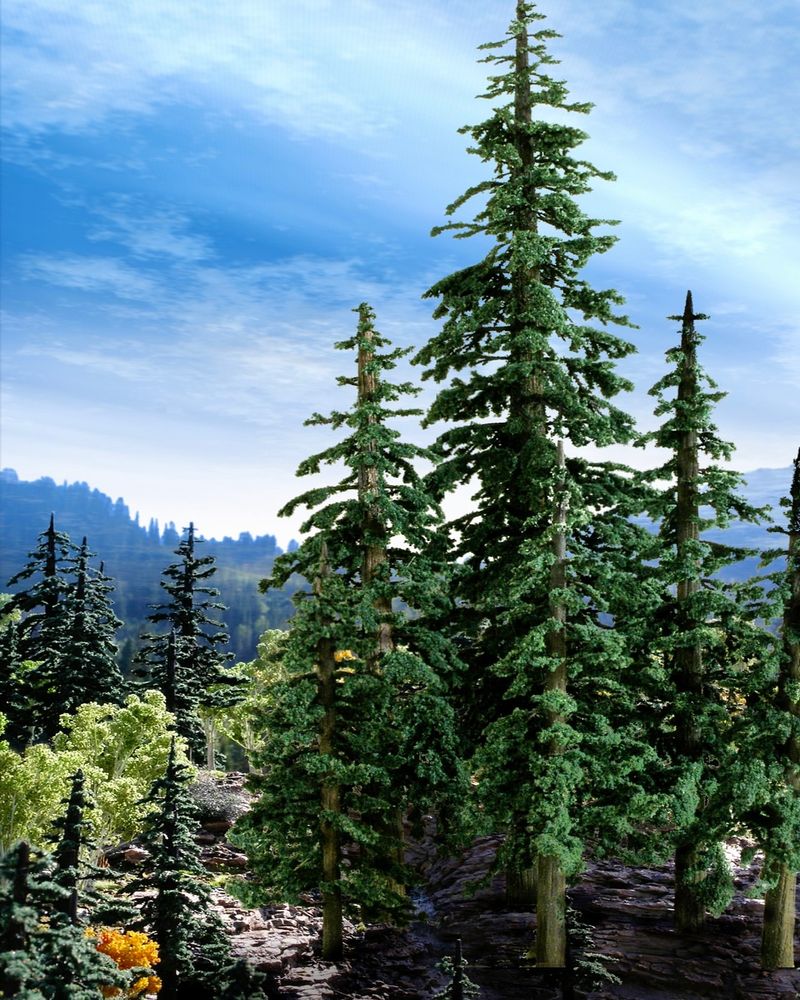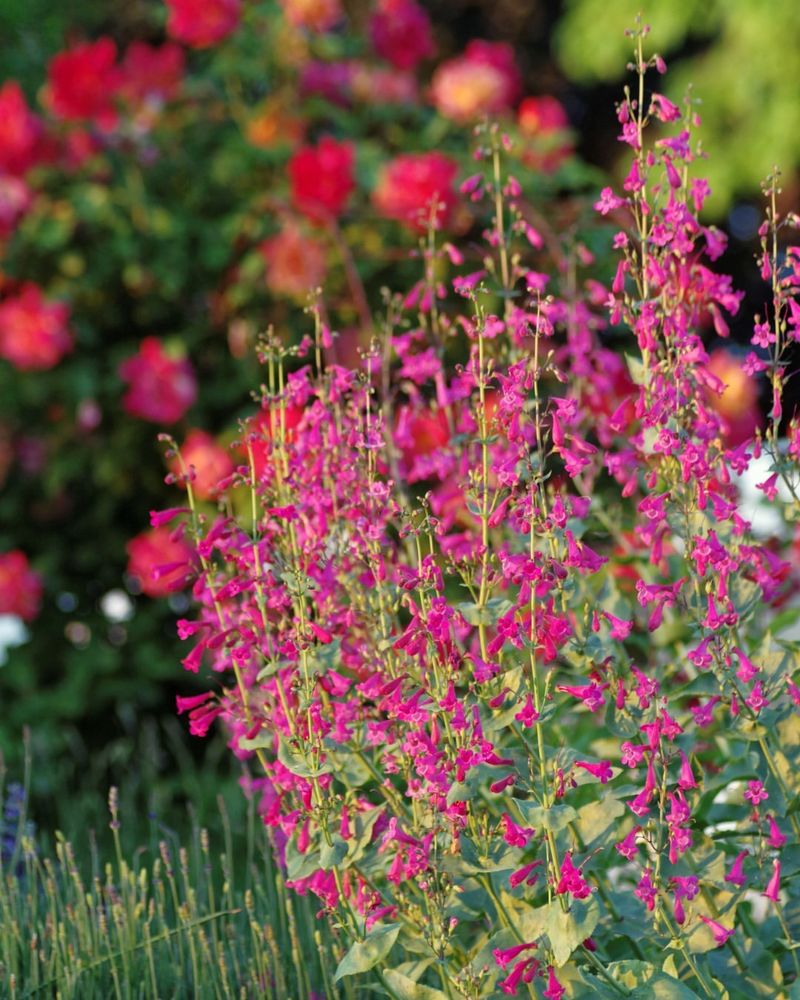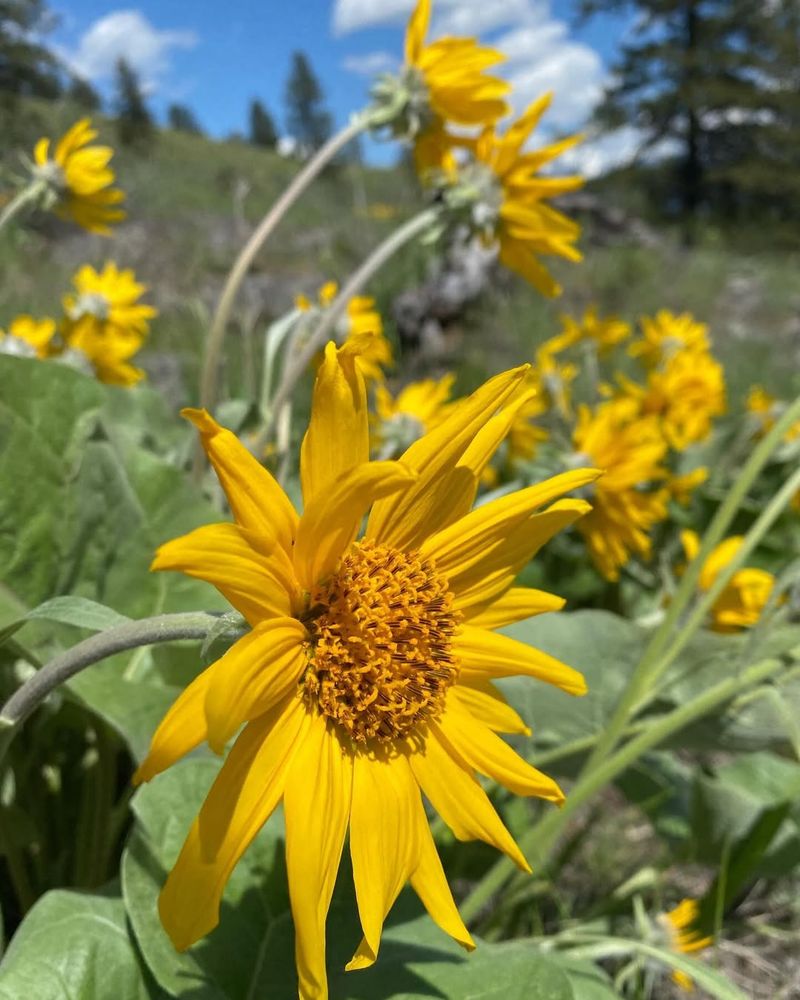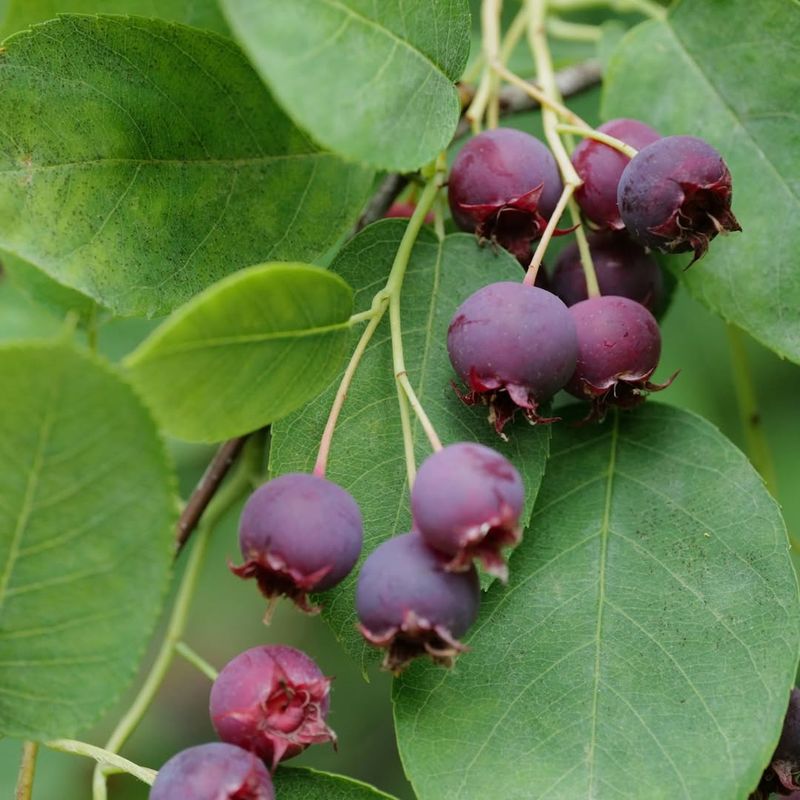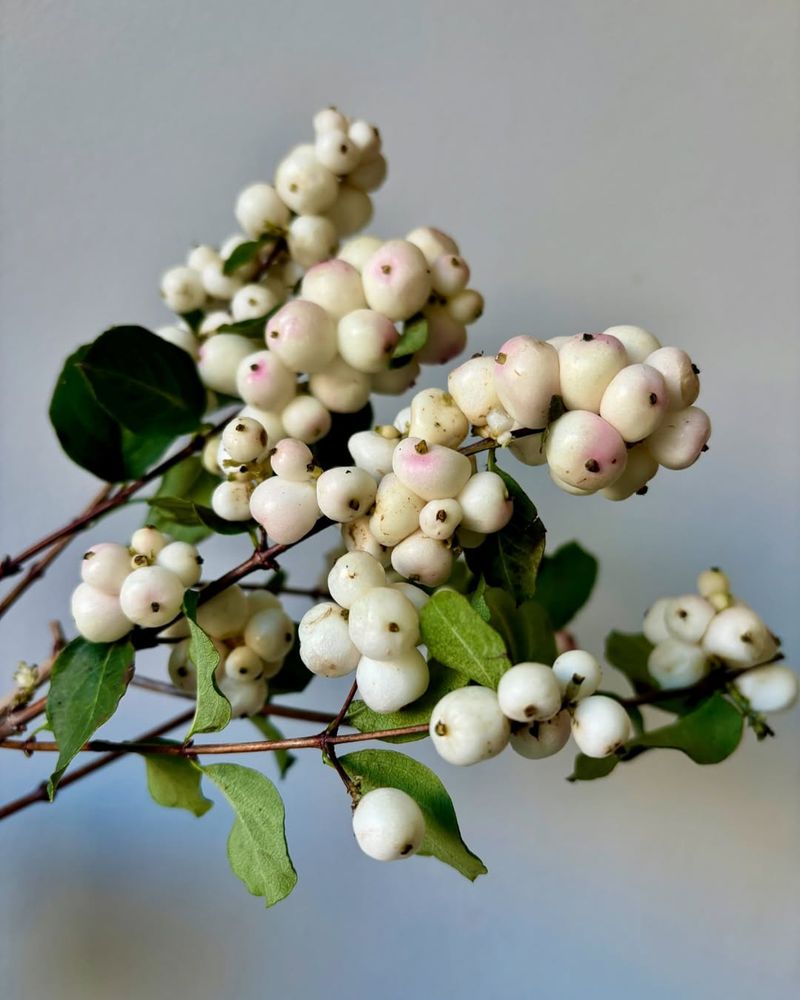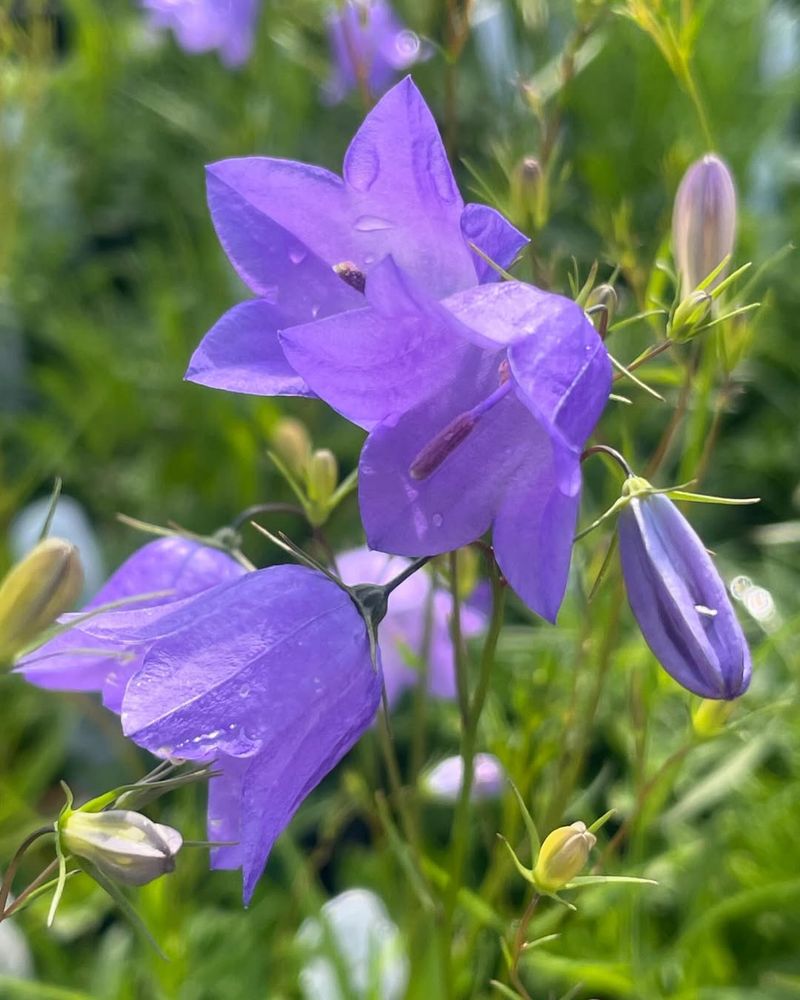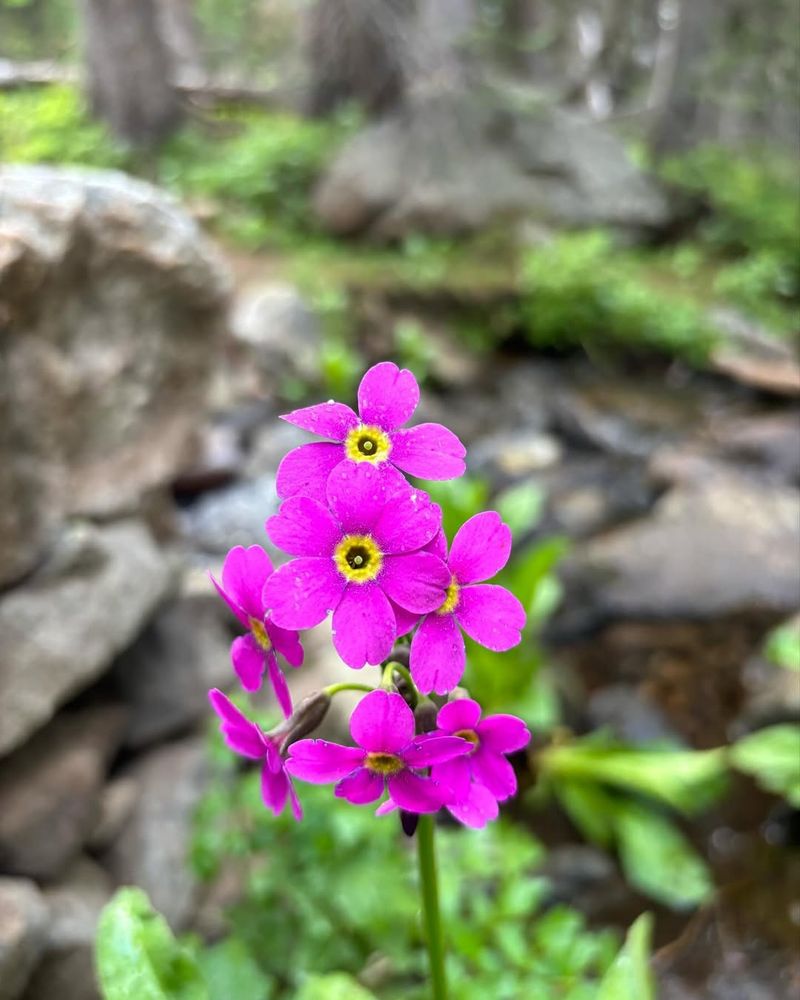The Rocky Mountains, with their sweeping peaks and hidden valleys, are more than just a breathtaking backdrop—they’re home to some of the most fascinating plant life in North America. From alpine wildflowers that bloom against all odds to rugged shrubs clinging to rocky slopes, the flora of the Rockies is as resilient as it is beautiful.
Whether you’re a seasoned plant enthusiast or a curious wanderer, exploring these botanical treasures offers a whole new way to experience the mountains. Each plant tells a story of survival, color, and adaptation. So lace up your boots—nature’s gallery is open, and it’s bursting with wild, untamed charm.
1. Columbine
Emerging as a symbol of the Rockies’ grace, the state flower of Colorado enchants with its blue and white hues. The columbine, with its intricate petals, appears almost ethereal in the high-altitude meadows where it thrives.
Preferring well-drained soil, this perennial graces gardens with its presence and needs partial shade to flourish. It’s a favorite among pollinators, making it a charming addition to any outdoor space.
2. Indian Paintbrush
Standing out in a crowd, this vibrant plant dazzles with fiery red bracts that resemble strokes of paint. Known as Indian paintbrush, it often grows in tandem with other species, drawing nutrients from their roots.
This parasitic strategy is key to its survival in rocky soils where nutrients are scarce. A spectacle in alpine meadows, it invites admiration and a touch of awe.
3. Bluebell
Graceful bells of blue sway gently in the mountain breeze, their delicate form a testament to nature’s artistry. The Rocky Mountain bluebell thrives in moist, shaded environments, adding a splash of color to forest floors.
These perennials are easy to grow, requiring minimal care once established. Their subtle beauty is a serene reminder of the simpler pleasures found in nature.
4. Fireweed
Bursting with vibrant shades of pinkish-purple, this plant is often one of the first to reclaim land after a fire. Fireweed is a pioneer species that excels in disturbed areas, showcasing resilience and growth.
Its tall flower spikes not only beautify the landscape but also provide valuable nectar for pollinators. Embracing change, it symbolizes rebirth and renewal in its natural habitat.
5. Mountain Ash
Clusters of bright orange berries adorn this tree, adding a splash of color to the mountainside. The mountain ash, known for its hardiness, can thrive in the challenging conditions of high altitudes.
The berries are a feast for birds, while its resilient nature offers shelter to wildlife. This tree, with its picturesque qualities, enhances any landscape with its year-round appeal.
6. Aspen
Gleaming like gold in the fall, these trees create a shimmering spectacle across the Rockies. The aspen, with its signature quaking leaves, is a pioneer species with a remarkable ability to thrive after disturbances. Aspen’s interconnected root system allows it to sprout anew, a symbol of strength and continuity. These trees require well-drained soil and plenty of sunlight to reach their full potential.
7. Lupine
Rich hues of purple and blue paint the meadows where these flowers flourish, adding a touch of whimsy to the landscape. The lupine’s tall spikes stand proud among the grasslands, their nectar a sweet treat for visiting bees and butterflies.
These plants thrive in sunny locations with well-drained soil, making them ideal for mountain gardens. Their ability to fix nitrogen is a boon to the soil, enriching it for other plants.
8. Subalpine Fir
With its perfect pyramid shape, this evergreen tree stands as a sentinel among the peaks. The subalpine fir, resilient to cold, is found at higher elevations where few others can survive.
Its dark green needles and smooth bark create a striking presence in the wintry landscape. This tree’s slow growth and longevity make it a symbol of endurance amid the elements.
9. Bristlecone Pine
Gnarled and ancient, this tree is a living testament to nature’s endurance and tenacity. The bristlecone pine is renowned for its longevity, surviving thousands of years in harsh mountain conditions.
These trees grow slowly, their twisted forms a result of adapting to relentless winds and poor soil. They’re a poignant reminder of the strength found in persevering through adversity.
10. Yarrow
Tiny, delicate flowers cluster together, creating a soft blanket of white that adorns the rocky terrain. Yarrow is known for its medicinal properties and hardiness, thriving where other plants struggle.
The feathery leaves and sturdy stems make it a resilient choice for ground cover. Not just a pretty face, yarrow can aid in wound healing and repelling pests in the garden.
11. Edelweiss
Star-like blossoms peek out from rocky ledges, embodying the romance and mystery of alpine legends. Edelweiss, with its iconic white petals, is often associated with folklore and mountain tales.
This resilient plant thrives in high altitudes, its woolly leaves protecting it against the cold. A symbol of adventure and love, it captivates those who brave the heights to find it.
12. Pinegrass
Swaying gently in the breeze, these graceful green blades are a staple of the subalpine ecosystem. Pinegrass is a resilient ground cover that thrives in the understory of forests, providing shelter for small creatures.
Known for its drought-tolerant and low-maintenance, this plant ideal for eco-friendly landscaping. Though simple in appearance, its presence is vital for soil stabilization and habitat diversity.
13. Bearberry
Glossy green leaves and bright red berries characterize this low-growing shrub, a favorite among hikers. Bearberry, also known as kinnikinnick, thrives in sandy, rocky soils and provides a feast for bears and birds alike.
Its evergreen foliage is a welcome splash of color in the stark winter landscape. This plant requires well-drained soil and full sun to reach its full potential.
14. Engelmann Spruce
Standing tall with elegance, these trees create a striking silhouette against the snowy backdrop. Engelmann spruce is a hardy species found at treeline, where it withstands harsh winters and strong winds.
The wood of this spruce is valued for its resonance, often used in crafting musical instruments. With proper care, these majestic trees can become a focal point in any landscape.
15. Juniper
With a rugged elegance, this tree thrives where few others dare. Juniper’s hardy nature and aromatic foliage make it a staple in rocky mountain landscapes.
Its blue berries add a splash of color, providing food for wildlife and flavoring forgin enthusiasts. Versatile and resilient, junipers are a testament to the beauty of adaptation in challenging environments.
16. Alpine Forget-Me-Not
Tiny blue blossoms stand out like little gems against the rocky terrain, a nod to the beauty in the details. Alpine forget-me-nots thrive in high-altitude meadows, their bright petals a cheerful sight amid the rocks.
These perennials prefer well-drained soil and full sun, making them a charming addition to rock gardens. Their name evokes a sense of nostalgia and endearment, a reminder of nature’s enduring touch.
17. Sagebrush
With its silvery leaves, this plant exudes a rugged charm that defines the dry landscapes of the Rockies. It thrives in arid conditions, its aromatic foliage a signature of the western frontier.
Sagebrush is a crucial habitat for wildlife, providing cover and food for species like the sage-grouse. In the garden, it requires minimal water and offers a touch of wild beauty.
18. Glacier Lily
Bright yellow blooms nod gracefully in the wind, signaling the arrival of spring in chilly mountain meadows. The glacier lily is one of the first flowers to bloom after the snow melts, a resilient harbinger of warmer days ahead.
These perennials prefer moist soil and partial shade, thriving in alpine and subalpine regions. Their cheerful presence is a welcome sight for both hikers and pollinators alike.
19. Wild Rose
Pink blossoms burst forth with an elegant simplicity that captivates anyone wandering the mountain trails. Wild roses are hardy shrubs that thrive in a variety of conditions, from rocky soils to lush woodlands.
Their thorny branches deter grazers, while their blossoms provide nectar for bees. For the adventurous gardener, these roses require well-drained soil and a sunny spot to shine.
20. Aster
Purple petals radiate from sunny centers, creating a splash of color that enlivens the mountain meadows. Asters are versatile flowers that thrive in a range of environments, from alpine to subalpine zones.
They attract butterflies and other pollinators, adding life and movement to the garden. With proper care, these perennials can become a perennial favorite in any floral display.
21. Bitterroot
Delicate pink flowers hug the ground, their understated beauty a testament to survival in harsh conditions. Bitterroot grows in rocky, dry environments, its thick roots storing water to endure drought.
This unique adaptation allows it to bloom in the spring, showcasing resilience and grace. A symbol of endurance, it’s a plant that inspires with its ability to thrive where few others can.
22. Lodgepole Pine
Straight and slender, these trees form dense forests that blanket the mountain slopes. Lodgepole pines are a key species in fire ecology, their cones opening to release seeds in the heat of a blaze.
This ability ensures regeneration in a fire-prone landscape, highlighting the cycle of renewal. The wood is valued for its strength, making it a versatile choice for construction.
23. Penstemon
Tubular blossoms in hues of red and pink sway gently in the mountain breeze, adding a pop of color to rocky gardens. Penstemons are hardy perennials that thrive in well-drained soil and full sun.
Their nectar-rich flowers attract hummingbirds, creating a lively scene in any landscape. These resilient plants are perfect for adding a touch of wild beauty to cultivated spaces.
24. Balsamroot
Golden flowers stretch towards the sun, their bright faces a cheerful addition to the hilly terrain. Balsamroot thrives in open areas with plenty of sunlight, its deep roots anchoring it to the rocky soil.
What’s interesting about this plant is that it is not only beautiful but also useful, with edible roots and leaves that were once a staple for indigenous peoples. It’s a reminder of the land’s bounty and the interconnectedness of nature.
25. Serviceberry
White blossoms herald the arrival of spring, while dark berries offer a feast later in the season. Serviceberry bushes thrive in a variety of habitats, from open meadows to forest edges.
Their fruits are a favorite among birds and can be used in jams and jellies for human consumption. These versatile shrubs provide year-round interest with their beautiful blooms and vibrant fall foliage.
26. Snowberry
Clusters of white berries dangle like snowflakes against a backdrop of lush greenery. Snowberry bushes are hardy and adaptable, flourishing in shady areas where other plants might struggle.
While not edible for humans, their berries, provide winter food for birds and small mammals. These shrubs are easy to grow, requiring minimal maintenance and adding a touch of delicate beauty to any setting.
27. Harebell
Pale blue bells sway gently in the wind, their delicate form belying a robust nature. Harebells thrive in rocky, well-drained soils, adding a whisper of color to rugged landscapes.
These perennials are known for their hardiness, requiring little care once established. Their ethereal beauty captures the imagination, a perfect complement to the untamed wilderness of the mountains.
28. Parry’s Primrose
Pink clusters of flowers thrive in moist environments, bringing a splash of color to mountain streams and wetlands. Parry’s primrose is a tenacious perennial, flourishing in the cool, damp conditions of alpine regions.
The striking blooms are a magnet for pollinators, creating a vibrant scene in any garden. This plant is perfect for adding a touch of wild elegance to water features and shaded areas.
29. Kinnikinnick
Glossy leaves and bright red berries make this low-growing shrub a standout in rocky landscapes. Kinnikinnick, another name for bearberry, is a hardy ground cover that thrives in well-drained, sandy soils.
Its evergreen foliage offers year-round beauty, while its berries provide food for birds and mammals. This plant is perfect for erosion control and adding a touch of color to difficult areas.

